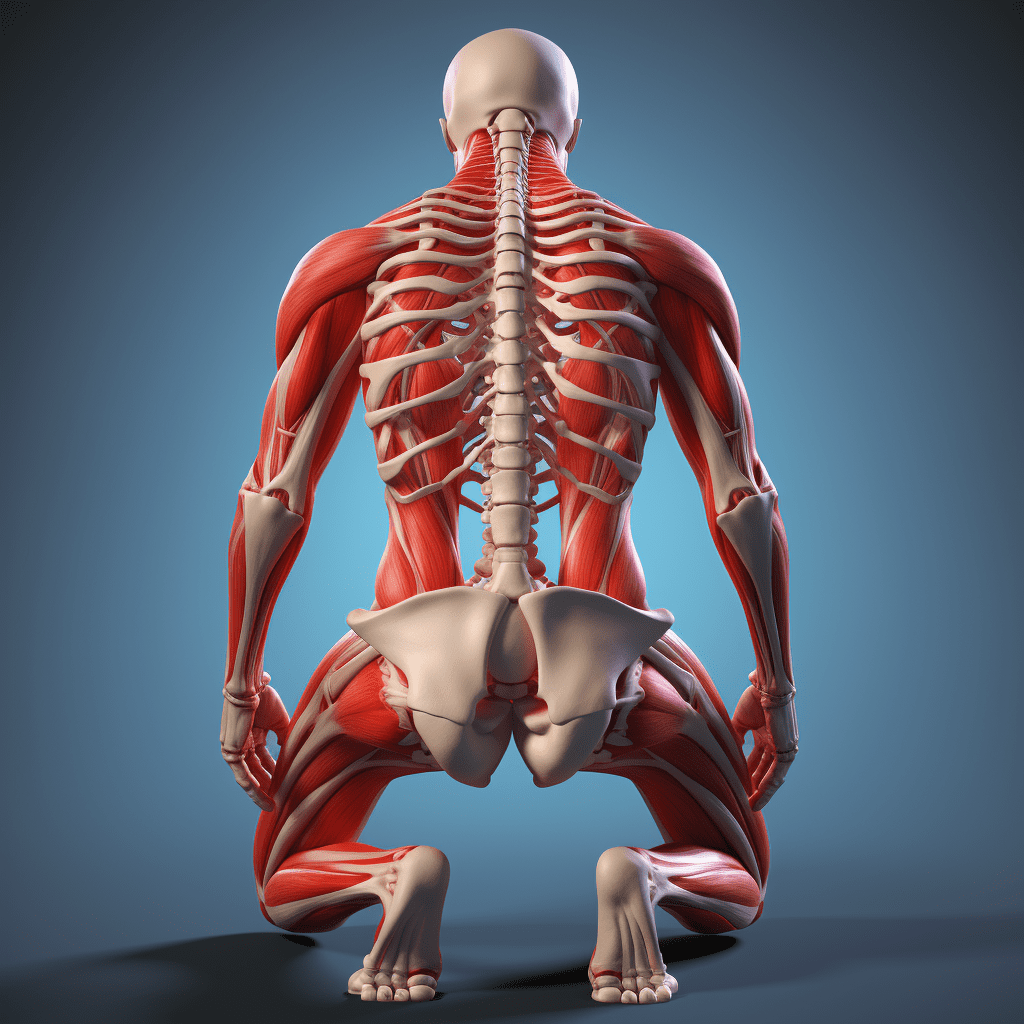
Why Does My Tailbone Hurt When I Squat?
Squatting is a popular exercise that targets numerous muscle groups in the lower body. However, some individuals may experience discomfort in their tailbone while performing this exercise. In this blog post, we will explore the possible reasons behind tailbone pain during squats and discuss ways to alleviate this discomfort.
Understanding Tailbone Pain
The tailbone, also known as the coccyx, is the small, triangular bone at the base of the spine. It consists of three to five fused vertebrae and plays a significant role in supporting our body weight when we are in a seated position. When performing squats, the tailbone may endure excessive pressure or get aggravated due to certain factors, leading to pain and discomfort.
Possible Causes of Tailbone Pain During Squats
- Poor Form: Incorrect squatting technique, such as leaning too far forward, rounding the lower back, or not maintaining proper alignment, can put excessive pressure on the tailbone and cause pain.
Weak Glutes: Weak glute muscles can lead to compensatory movements and excessive stress on the tailbone during squats. Strengthening the glutes can help alleviate tailbone pain.
Pelvic Floor Dysfunction: Conditions like pelvic floor muscle dysfunction or dysfunction of the levator ani muscles can contribute to tailbone pain during squats. Seeking medical advice from a pelvic floor physical therapist may be beneficial.
Previous Injury: If you have previously injured your tailbone, it may be more susceptible to pain during squats. Scar tissue or lingering inflammation can lead to discomfort when pressure is applied to the area.
Anatomical Variations: Individuals with a hypermobile coccyx, a tailbone that moves more than normal, or those with a prominent or angled coccyx may experience increased tailbone pain during squats.
Overuse or Overtraining: Engaging in excessive squatting or overtraining the lower body without adequate rest can lead to general discomfort and tailbone pain.
Alleviating Tailbone Pain during Squats
If you experience tailbone pain while squatting, there are several steps you can take to alleviate the discomfort:
- Focus on Proper Form: Ensure your squatting technique is correct. Keep your core engaged, maintain a neutral spine, and distribute your weight evenly throughout your feet.
Modify Squat Depth: Limit the range of motion during squats by not going as low. Gradually increase the depth as your tailbone pain subsides.
Use Supportive Equipment: Consider using a padded squat bar or wearing cushioned pants to reduce the pressure exerted on the tailbone.
Strengthen Your Glutes: Perform exercises that target the glute muscles, such as hip thrusts and glute bridges, to build strength and stability in the area.
Rest and Recover: Take sufficient rest days between squatting sessions to allow your body and tailbone to recover. Overtraining can exacerbate pain and prolong the healing process.
Seek Professional Help: If tailbone pain persists or becomes severe, it is advisable to consult a healthcare professional or physical therapist specialized in pelvic floor or musculoskeletal issues.
FAQ
Q: Can tailbone pain during squats indicate a more serious problem?
Tailbone pain during squats is often caused by factors like poor form, muscle weakness, or previous injury. However, if the pain is severe, persists for an extended period, or is accompanied by other symptoms, it is wise to consult a healthcare professional to rule out any underlying conditions.
Q: Should I stop squatting altogether if my tailbone hurts?
Not necessarily. In most cases, tailbone pain during squats can be resolved by addressing the contributing factors and making necessary modifications. However, if the pain is severe or persists despite modifications, taking a break from squatting and seeking professional guidance may be necessary.
Q: Are there alternative exercises I can do if squats aggravate my tailbone pain?
Yes, there are several alternative exercises that can target similar muscle groups without putting excess pressure on the tailbone. Examples include lunges, step-ups, leg press, or exercises using resistance bands. Consulting a fitness professional can help you find suitable exercises for your specific needs and goals.
Remember, everyone’s body is unique, and it is essential to listen to your body and make modifications accordingly. By addressing the contributing factors and adopting proper techniques, you can reduce tailbone pain and continue squatting safely and comfortably.

